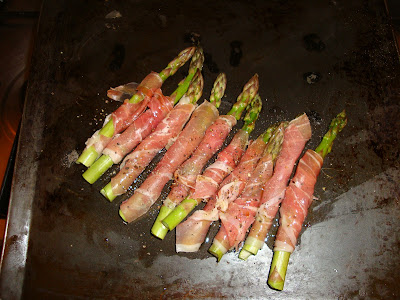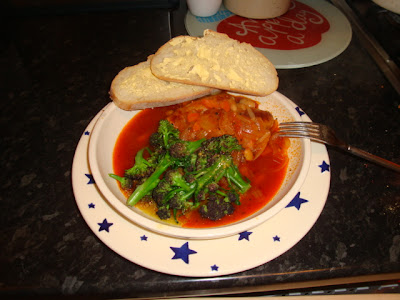De pommes de terre au four avec du thon et du maïs doux.
Yes indeed, ladies and gentlemen, last night I decided to plumb the depths of culinary sophistication with the above mentioned delight. In layman terms it is the slow cooking of a potato in the oven, combined with an application of mayonnaise and fresh sweetcorn. Or, as we say in England, "Baked spud with tuna mayo".
I do appreciate a baked potato, but I think I can safely say, not with the same radical affection with which my girlfriend does. If I am ever out, or as in the past, away on business I could be almost certain that she would be eating a baked potato of some design or another. Actually, she only will eat two variations: tuna and sweetcorn, or cheese and beans. And, by the way, she is very particular about the cheese. It must be grated and never melted on top, lest you ruin the whole affair.
I can remember a past boss of mine who was never to be found without an anecdote or joke of some kind, telling me about the age old, famous English cook book, "1000 ways of screwing up a potato". The advent of the microwave can be heralded as the harbinger of death for the humble baked potato. Anyone that uses one of these beasts to make a baked (that's a paradox) potato is quite surely deranged.
A baked potato should be coated in a thin film of olive oil, delicately salted and heavily peppered - in my opinion. The oven should be set to a lowly 140 celcius, and the potato left inside it, left to its own devices for somewhere in the region of 1 and a half hours. During which time your only occupation is to vigilantly rotate it to ensure it is cooked evenly throughout.
 |
| De pommes de terre au four avec du thon et du maïs doux |

































